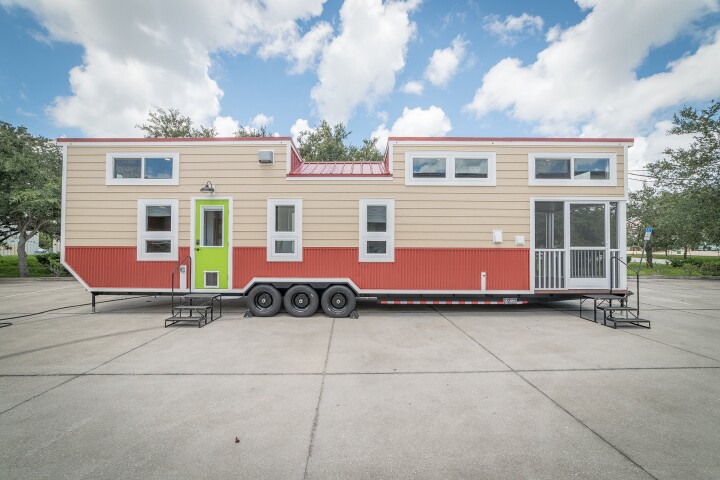Scientists studying the lake systems of the Arctic lowlands have made a surprising discovery, tapping into satellite data to find that these bodies of water are vanishing much faster than predicted. They suspect the reason for this is new drainage channels formed through thawing permafrost, which are sucking the lakes dry right across the region.
The changes taking place in the Arctic are widespread and profound, and new findings continue to shape our understanding of what is still to come. A study published last month found that the region is warming almost four times the global average, much faster than we thought. Another study this week found that melting of the Greenland ice sheet has already committed us to nearly a foot of sea-level rise, even if we stopped burning fossil fuels today.
These conclusions stem from new analysis of modern satellite data, which continues to offer researchers a powerful new tool in their studies of climate change. This new study, led by postdoctoral researcher at the University of Florida, Elizabeth Webb, follows a similar vein, with the authors using satellite data for remote monitoring of surface water changes across the Arctic, and using machine learning to assess the patterns of change taking place between 2000 and 2021.
“One of the things that I really like about using remote sensing is that you can answer what seemed like impossibly big questions – we have the ability to answer them now,” Webb said. “It’s only in the past five, 10 years that we’ve had the computing power and resources to pull this off.”
What the team's analysis revealed was large-scale drying across the Arctic's lake-rich regions, spanning northern parts of Canada, Russia, Greenland, Scandinavia and Alaska. These bodies of water make up between 20 and 40% of the Arctic lowlands and are a vital water source for remote communities, as well as a habitat for wildlife. Climate scientists had expected them to dry up at some time in the future, but the suggestion this process is already underway runs counter to the story told by the models.
Initially, climate change was expected to expand these lakes as ice melts on the ground, with a drying effect not expected until midway through this century or sometime in the next. Instead, the team suspects that thawing permafrost, the slab of frozen soil that sits atop much of the Arctic, is driving eroded soil into the lakes and creating new channels for drainage. Other factors include rising temperatures and, surprisingly, higher levels of autumn rainfall.
“It might seem counterintuitive that increasing rainfall reduces surface water,” said study co-author Jeremy Lichstein. “But it turns out the physical explanation was already in the scientific literature: rainwater carries heat into the soil and accelerates permafrost thaw, which can open up underground channels that drain the surface.”
The idea that the permafrost is thawing faster than expected is concerning, as this layer of frozen soil houses vast amounts of organic matter and greenhouse gases that are released into the atmosphere as it thaws. The scientists call for a rethink on fossil fuel burning as a way to arrest these changes seen in the Arctic, and the broader implications of global warming.
“The snowball is already rolling,” Webb said. “It’s not going to work to keep on doing what we’re doing.”
The research was published in the journal Nature Climate Change.
Source: University of Florida




